Regulatory Frameworks and Incentives
The E-Fuel Market is significantly influenced by evolving regulatory frameworks and government incentives aimed at promoting cleaner energy solutions. Many countries are implementing policies that encourage the adoption of e-fuels, such as tax credits, subsidies, and mandates for renewable energy usage. For instance, the European Union has set ambitious targets for reducing carbon emissions, which include a substantial increase in the use of e-fuels in transportation and industry. These regulatory measures are expected to drive investment in e-fuel technologies, with projections indicating that the market could reach a valuation of USD 200 billion by 2030. Such supportive policies not only foster innovation but also create a conducive environment for the E-Fuel Market to thrive.
Collaboration Between Industry and Academia
The E-Fuel Market is increasingly characterized by collaboration between industry stakeholders and academic institutions. Such partnerships are fostering innovation and accelerating the development of new e-fuel technologies. Research initiatives focused on improving the efficiency of e-fuel production and exploring novel applications are gaining traction. For example, universities are conducting studies on the integration of e-fuels into existing energy systems, which could lead to more effective utilization of resources. This collaborative approach is expected to yield breakthroughs that enhance the competitiveness of the E-Fuel Market. Moreover, as knowledge transfer occurs between academia and industry, the potential for commercialization of innovative e-fuel solutions increases, further driving market growth.
Investment in Renewable Energy Infrastructure
The E-Fuel Market is benefitting from substantial investments in renewable energy infrastructure, which are essential for the production of e-fuels. As countries strive to meet their renewable energy targets, there is a concerted effort to expand the capacity of wind, solar, and hydroelectric power generation. These renewable sources are critical for providing the electricity needed for e-fuel production processes. Recent reports indicate that investments in renewable energy infrastructure have increased by over 20% in the last year, reflecting a strong commitment to sustainable energy solutions. This influx of capital not only supports the growth of the E-Fuel Market but also enhances the overall resilience of energy systems, paving the way for a cleaner energy future.
Rising Demand for Sustainable Energy Solutions
The E-Fuel Market is witnessing a notable increase in consumer demand for sustainable energy solutions. As awareness of climate change and environmental issues grows, consumers are increasingly seeking alternatives to fossil fuels. This shift in consumer behavior is prompting industries, particularly transportation and aviation, to explore e-fuels as a viable option for reducing their carbon footprints. Market data suggests that the demand for e-fuels could grow at a compound annual growth rate (CAGR) of 15% over the next decade, driven by both consumer preferences and corporate sustainability goals. This rising demand not only propels the E-Fuel Market forward but also encourages further investment in research and development of innovative e-fuel technologies.
Technological Innovations in E-Fuel Production
The E-Fuel Market is experiencing a surge in technological innovations that enhance the efficiency and scalability of e-fuel production. Advanced electrolysis methods, such as proton exchange membrane (PEM) technology, are being developed to improve hydrogen generation from renewable sources. Furthermore, innovations in carbon capture and utilization (CCU) are enabling the conversion of CO2 into synthetic fuels, thus reducing greenhouse gas emissions. According to recent data, the efficiency of e-fuel production processes has improved by approximately 30% over the past few years, making them more economically viable. This technological progress not only supports the growth of the E-Fuel Market but also aligns with global energy transition goals, potentially leading to a more sustainable energy landscape.


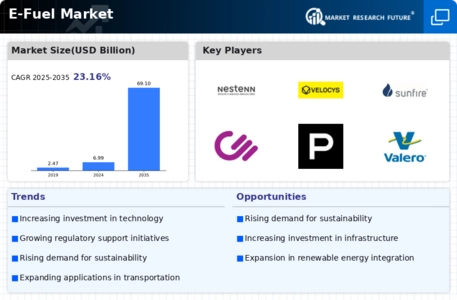
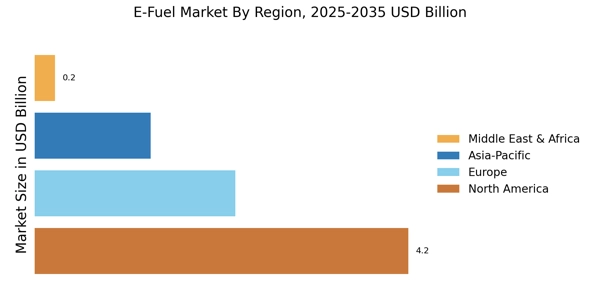
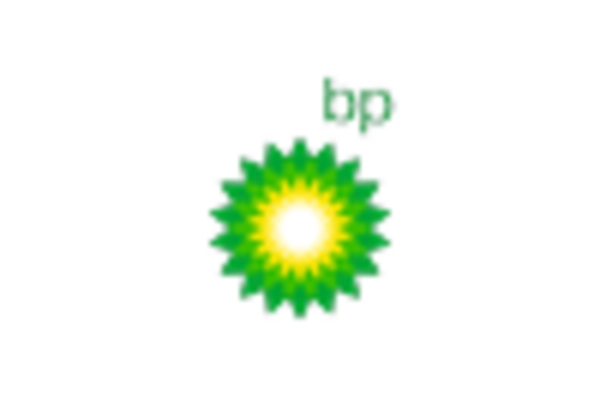

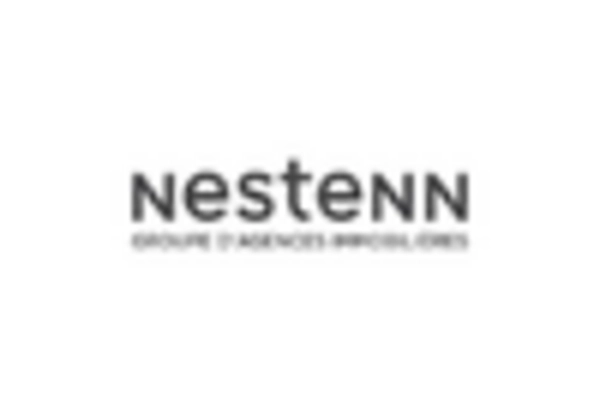
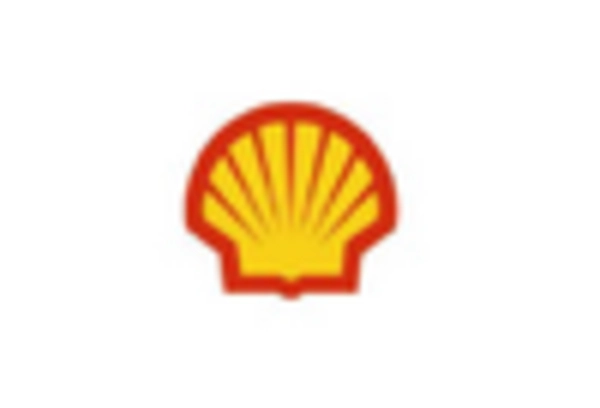

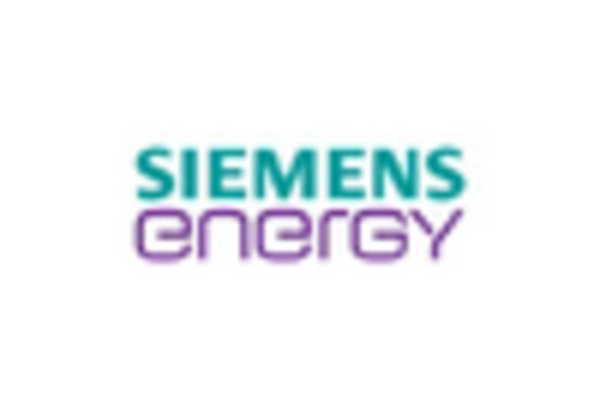









Leave a Comment